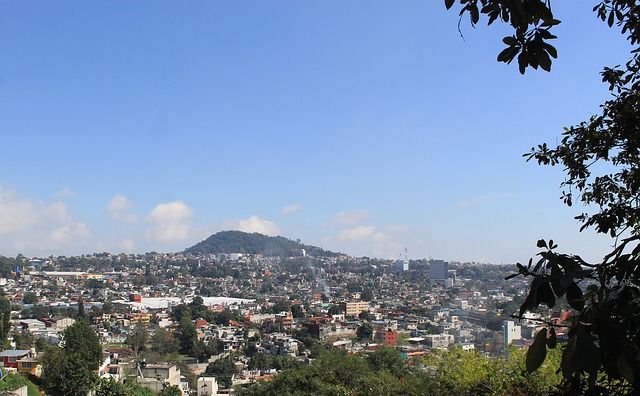Xalapa is the second city with the most murals in Mexico
Xalapa is the second city in the country with the largest number of monumental paintings, according to art historians based in the capital of the state of Veracruz, with more than one hundred murals located in the university, public and private spaces.





